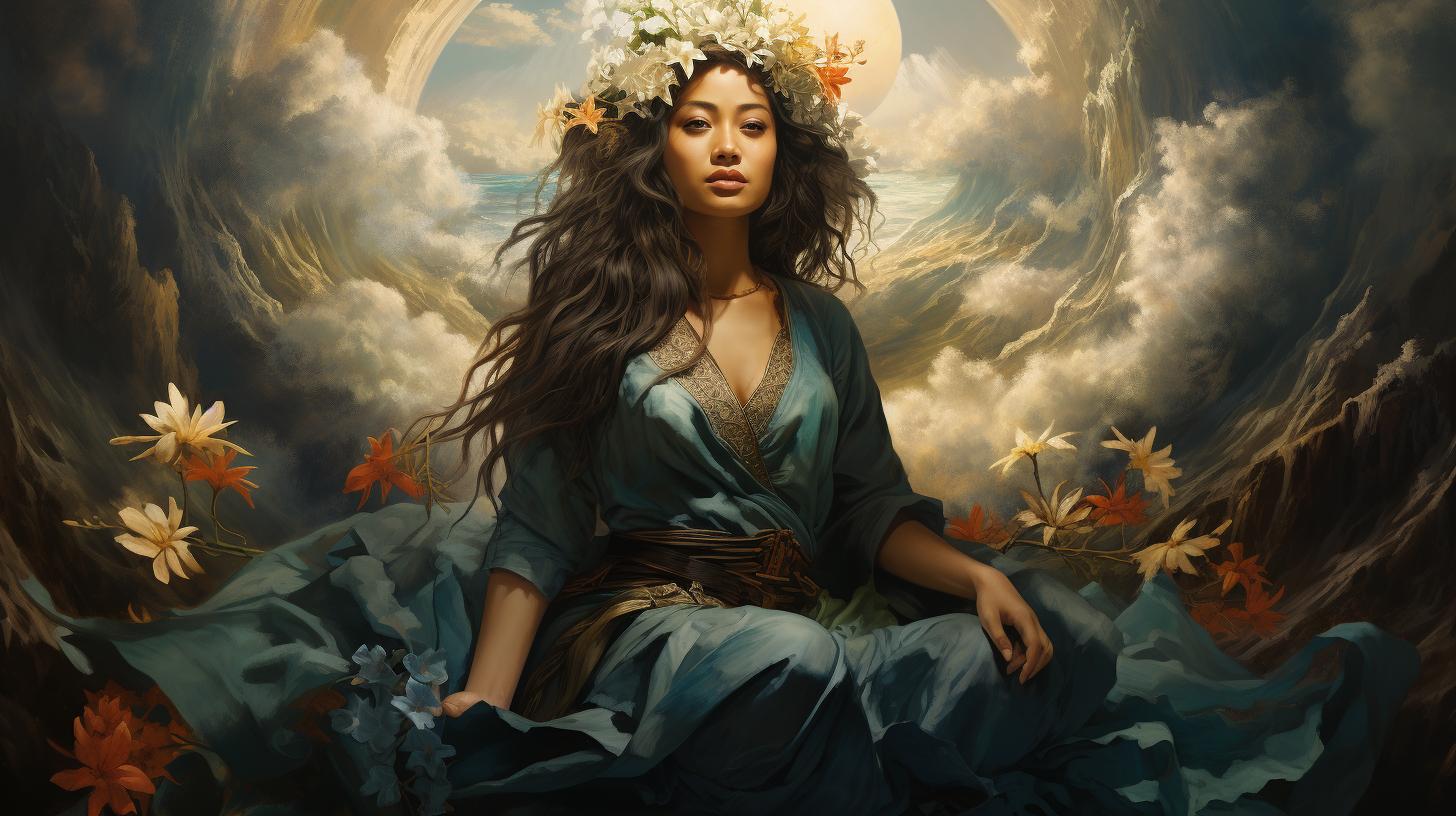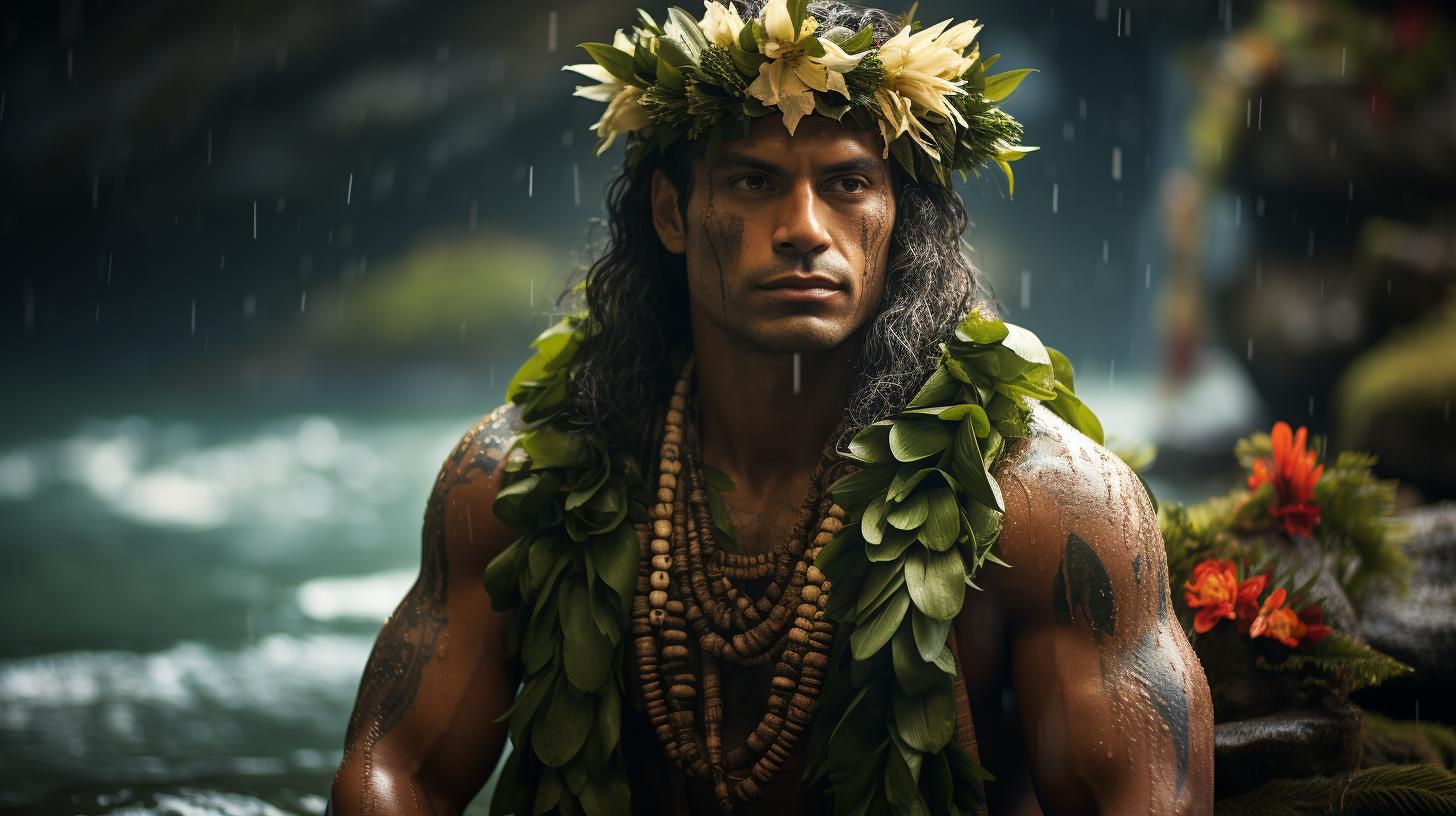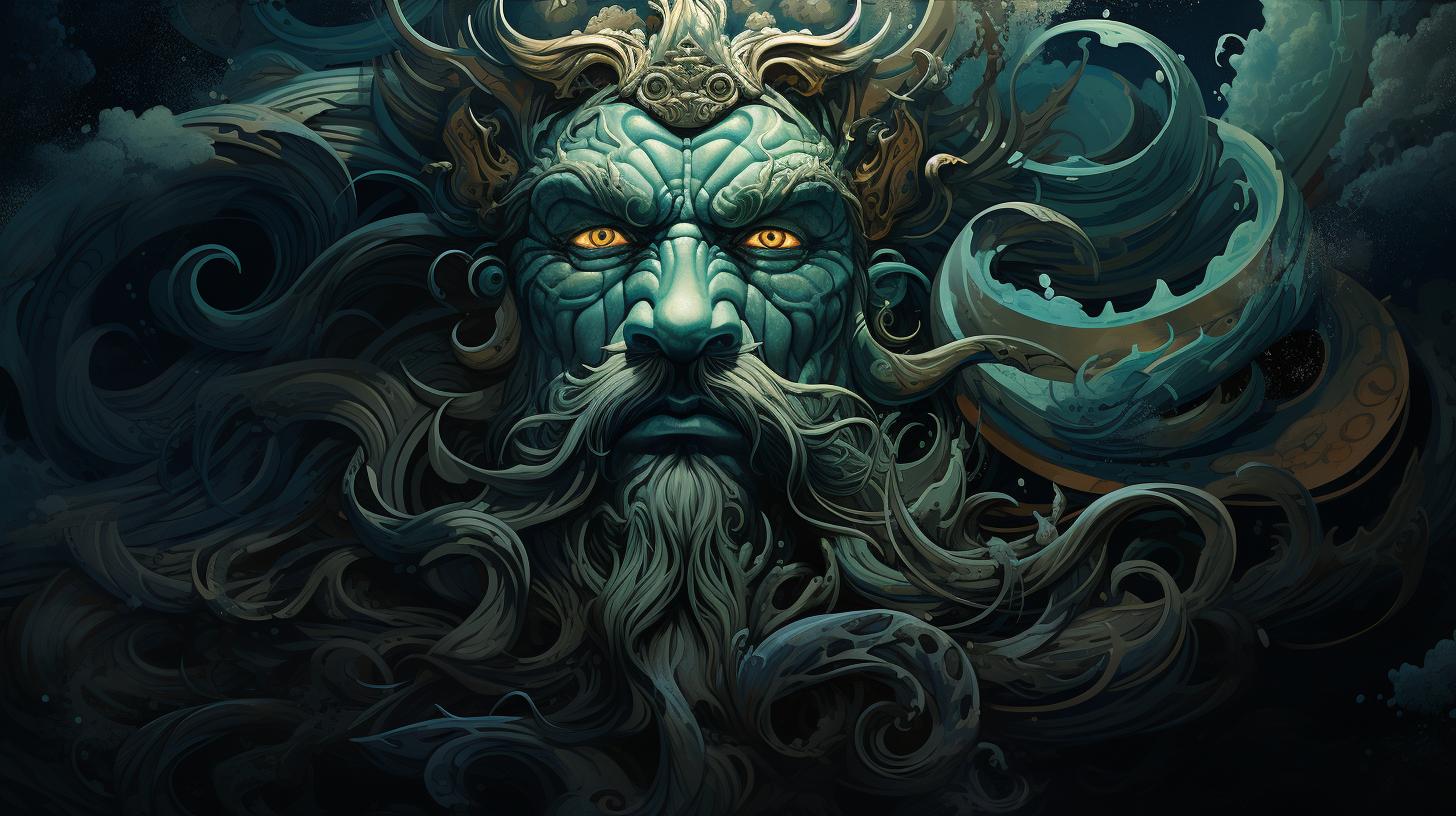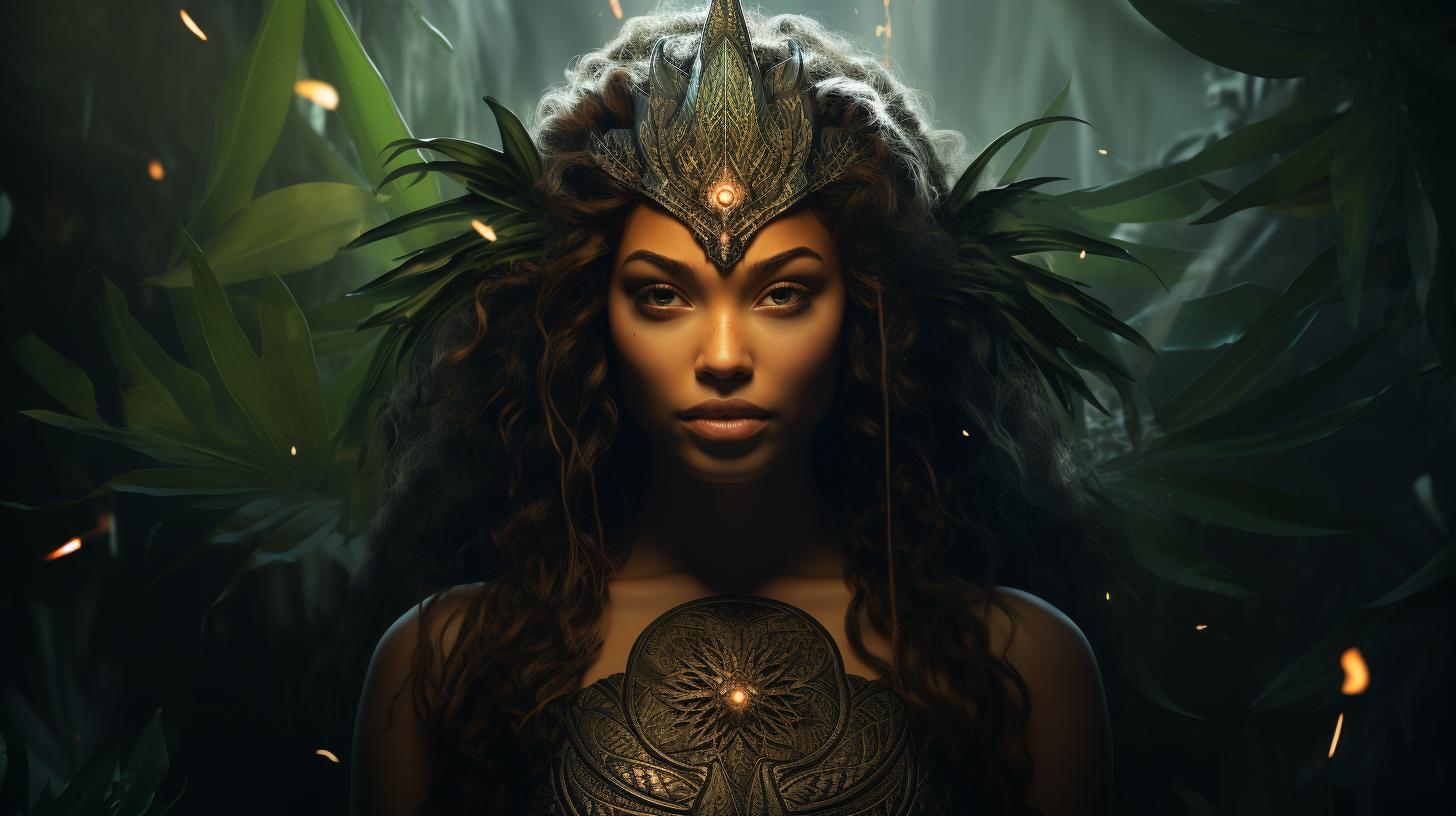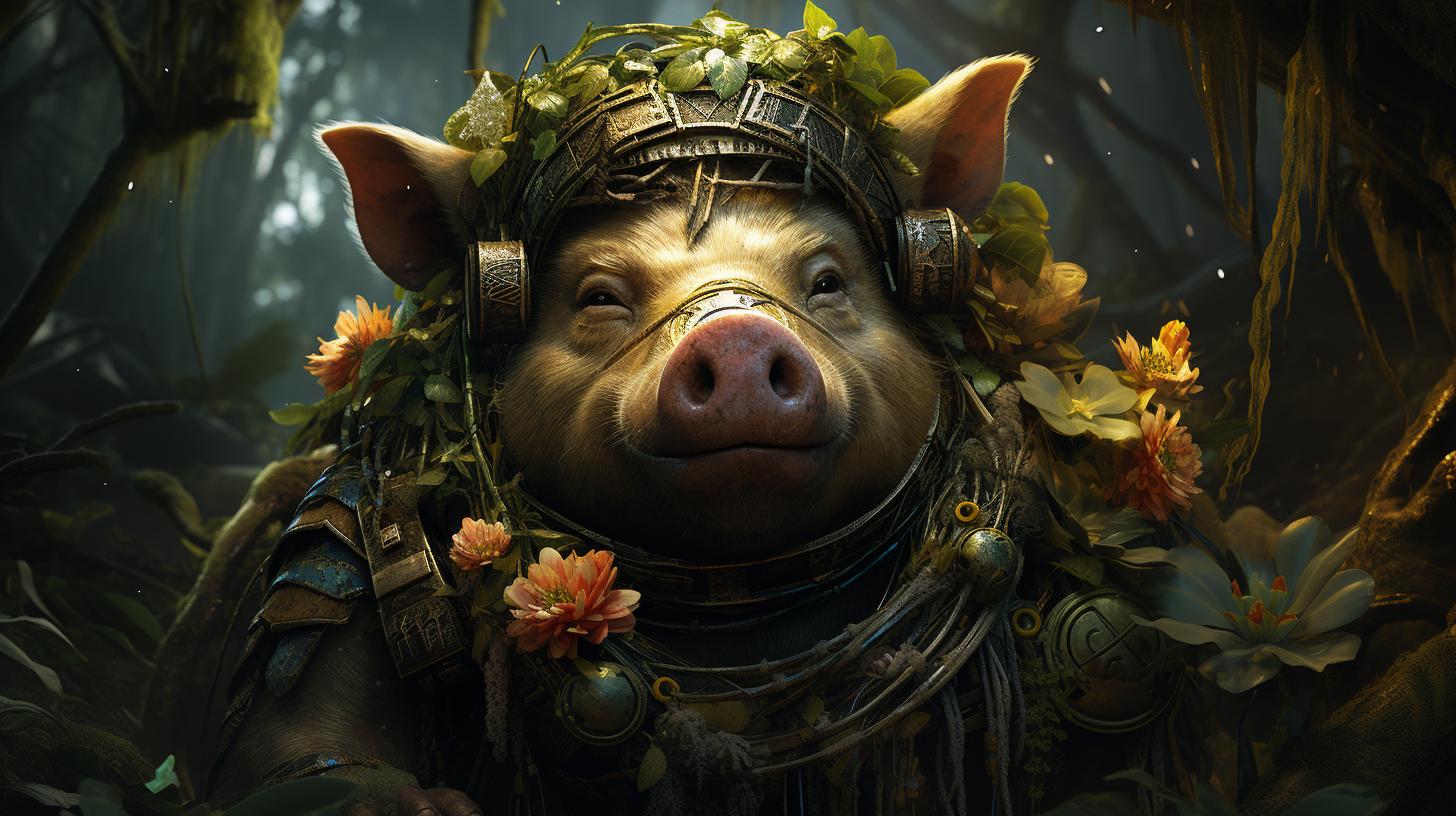Hina Hawaiian Goddess: Unraveling the Mysteries of the Ancient Polynesian Legend
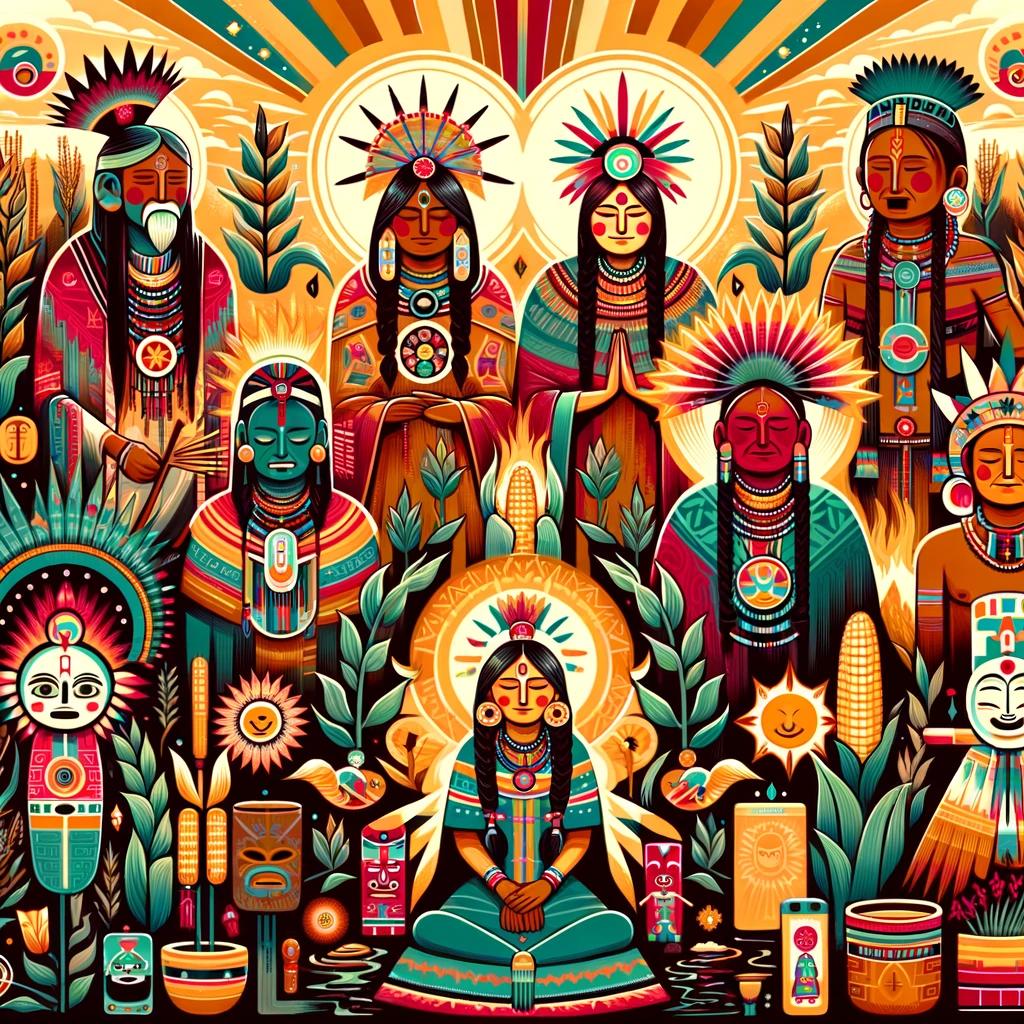
The Hina Hawaiian Goddess holds a significant place in Polynesian mythology, particularly in the culture of Hawaii. As an ancient deity associated with the moon, feminine power, and communication, Hina’s legend intertwines with various tales and connections throughout the Pacific.
This article explores the origins, cultural impact, and symbolism of Hina, as well as her role in nature and creation. It also delves into the comparisons and variations of Hina in other Polynesian regions.
Discover the captivating stories and rich heritage surrounding the revered Hina Hawaiian Goddess.
The Legend of Hina Hawaiian Goddess
The Hina Hawaiian Goddess is a prominent figure in Polynesian mythology, particularly in the culture of Hawaii. Her legend dates back to ancient times and holds great significance within Hawaiian folklore and traditions.
Origins and Mythology of Hina
Hina’s origins trace back to Polynesian mythology, where she is revered as a powerful deity associated with the moon, feminine power, and communication. In Hawaiian mythology, she is often depicted as the sister of Māui, a legendary hero.
Her story is interwoven with various tales and legends, highlighting her role in the creation of the world and her connection to nature.
Hina and Maui: A Legendary Connection
One of the most captivating aspects of Hina’s mythology is her relationship with Māui. In Hawaiian legends, Hina is portrayed as either the older sister or wife of Māui. Together, they embark on heroic adventures, facing challenges and shaping the world around them.
Their bond symbolizes the intrinsic connection between the moon, the sun, and the cycles of life.
The Significance of Hina in Hawaiian Culture
Hina holds immense cultural significance in Hawaiian society. She is revered as a symbol of feminine power, wisdom, and creativity. Hina’s association with the moon is deeply ingrained in Hawaiian culture, where the lunar cycles guide various aspects of life, including fishing, agriculture, and spiritual practices.
Her influence can be seen in traditional chants, hula dances, and artistic representations that celebrate her divine presence.
Hina’s portrayal in Hawaiian art and stories continues to inspire and educate generations about the richness of Hawaiian mythology and spiritual beliefs.
Her legacy serves as a reminder of the deep-rooted connection between the Hawaiian people and the natural world that surrounds them.
Hina and other Hawaiian Goddesses
Within Hawaiian mythology, Hina, the Hawaiian goddess, shares an intriguing relationship with other deities. This section explores the contrasting roles of Hina in comparison to Pele, the goddess of fire and volcanoes.
Discover the symbolic and cultural significance of Hina’s association with the moon, as well as the interconnections and stories between Hina and other Hawaiian deities.
Hina vs. Pele: Exploring the Contrasting Roles
Hina and Pele represent two distinct aspects of Hawaiian mythology.
While Hina is connected to the moon, nature, and creation, Pele embodies the explosive forces of volcanoes. This subsection delves into the contrasting roles and characteristics of these powerful goddesses, shedding light on their significance within the Hawaiian pantheon.
Hina and the Moon: Symbolism and Cultural Significance
The moon holds immense symbolism in Hawaiian culture, and Hina is intricately connected to this celestial body. Explore the profound cultural significance of Hina’s association with the moon, as well as the symbolism attributed to its various phases.
Discover the myths and legends that highlight Hina’s divine role as a lunar deity.
Hina and the Hawaiian Pantheon: Interconnections and Stories
Hina’s presence in Hawaiian mythology extends beyond her individual legend. This subsection examines the intricate web of interconnections between Hina and other deities in the Hawaiian pantheon. Uncover the captivating stories and relationships that further enrich the tapestry of Hawaiian mythology, offering insights into the divine dynamics and heavenly hierarchy.
Hina in Polynesian Mythology
Hina in New Zealand Legends
In the rich tapestry of Polynesian mythology, Hina finds her place not only in Hawaiian culture but also in the legends of New Zealand. Revered as the sister of Māui, the legendary hero, Hina takes on a role of significance and power in this cultural context.
Within the New Zealand mythology, Hina’s character is often portrayed with a unique interpretation, showcasing her distinct characteristics and contributions.
Hina’s Influence in Pacific Island Groups
As we venture beyond the shores of Hawaii and New Zealand, Hina’s influence extends further into the vast Pacific Island groups.
From Mangaia to Tuamotu and Tahiti, Hina’s story resonates with different Polynesian cultures, displaying her multifaceted presence across the region. With variations in her relationships, such as being the wife of Te Tuna, the eel god, or her encounters with Māui, Hina maintains her essential role as a powerful deity in the mythology of various Pacific Island societies.
Comparisons and Variations of Hina Across Polynesia
While Hina’s depictions and interpretations may differ across Polynesian islands, her fundamental nature and significance remain consistent. Comparisons of Hina’s character across different cultures reveal common threads that highlight her association with the moon, her role as a mother figure, and her creative abilities.
Exploring these variations sheds light on the interconnectedness of Polynesian mythologies and the enduring legacy of the Hina Hawaiian Goddess.
Hina’s Role in Nature and Creation
Hina, the Hawaiian goddess, holds a significant role in the realm of nature and creation. Her influence extends to various aspects of the natural world, showcasing her deep connection with the environment and its abundant resources.
Let’s delve into three key aspects of Hina’s role in nature and creation:
Hina as the Mother of Coconut Trees
One fascinating aspect of Hina’s role in nature is her association with the birth of the first coconut trees. According to legend, Hina fell in love with an eel that transformed into a young man.
From their union, she became the mother of the first-known coconut trees. These palms, revered for their versatility and sustenance, serve as a testament to Hina’s nurturing and creative powers.
Hina’s Connection to Fishing and Life in Reefs
Hina also holds a vital connection to the realm of fishing and the vibrant life within reefs.
Known as the goddess of fishermen, she oversees and blesses their endeavors. Fishermen seek Hina’s favor for bountiful catches and safe voyages. Additionally, her presence is felt in the rich coral reefs, teeming with marine life that sustains communities.
Hina’s role as the guardian of these resources underlines her importance in maintaining ecological balance and harmony.
Hina’s Expertise in Kapa Cloth Making
Kapa, a cloth made from tree bark, played a crucial role in traditional Hawaiian culture. Hina is revered as an expert in the craft of kapa cloth making. Her immense skill and knowledge were reflected in the quality and softness of the fabrics she produced.
Hina’s creations were highly sought after, representing the epitome of craftsmanship. Her mastery in kapa cloth making contributes to the cultural tapestry and serves as a testament to her ingenuity and dedication.
Hina’s role in nature and creation showcases her nurturing and transformative powers, as well as her ability to provide for and contribute to Hawaiian society through the birth of essential resources, her association with fishing and reefs, and her expertise in kapa cloth making.
The Modern Cultural Impact of Hina
The legend of Hina Hawaiian Goddess continues to hold a significant place in contemporary Hawaiian society, as her mythology and symbolism resonate with the local culture. Hina’s enduring presence can be seen in various aspects of Hawaiian life, including popular culture, arts, and her ongoing legacy and relevance today.
Hina in Contemporary Hawaiian Society
Hina’s influence can be felt in modern Hawaiian society, where she is celebrated and revered for her association with the moon, feminine power, and communication. Her presence is recognized through various cultural practices, rituals, and festivals that honor her legacy and teachings.
Many Hawaiians still uphold a deep respect for Hina, considering her as an ancestral figure and a symbol of strength and resilience.
Hina in Popular Culture and Arts
The fascinating stories and symbolism surrounding Hina have inspired artists, musicians, and writers to depict her in various forms of popular culture. From traditional hula dances that portray Hina’s grace and elegance to contemporary artworks featuring her celestial connection, Hina’s portrayal in popular culture allows her legend to thrive and captivate audiences worldwide.
Hina’s Legacy and Relevance Today
Hina’s legacy remains prevalent in Hawaiian society, with her influence extending beyond traditional and artistic realms. She continues to serve as a source of inspiration for environmental conservation efforts, as Hawaiians recognize her connection to nature and her role in the creation of life.
Hina’s teachings of balance, wisdom, and nurturing are channeled into modern initiatives that promote sustainability and cultural preservation.
Exploring Hina’s Symbolism and Iconography
The symbolism and iconography associated with Hina Hawaiian Goddess offer deeper insights into her significance in Polynesian mythology. Let’s delve into the different aspects that highlight her enduring power and cultural representation.
The Moon as a Symbol of Feminine Power
In Hawaiian mythology, Hina is closely associated with the moon, representing the embodiment of feminine strength and influence. The moon’s cycles and phases parallel the ebb and flow of Hina’s power, reflecting her role as a creator and nurturer.
This celestial connection highlights the reverence for women’s power and their life-giving abilities in Hawaiian culture.
Hina’s Associations with Water and the Sea
Water, particularly the sea, holds great significance in Hina’s mythology. She is often depicted as a guardian of the ocean and its creatures. Hina’s association with water symbolizes her connection to life, fertility, and the cycles of nature.
Her presence in rivers, lakes, and the vastness of the sea further emphasizes her role as a provider and sustainer of life.
Depictions of Hina in Art and Sculptures
Throughout the centuries, Hina has been depicted in various forms of art and sculptures, capturing her essence and story. Traditional artwork showcases her grace and beauty, often portraying her with flowing hair and adorned with symbolic elements like the moon and water symbols.
Sculptures of Hina can be found in sacred spaces, paying homage to her influential role in Hawaiian culture and mythology.
From ancient times to the present day, Hina’s symbolism and iconography continue to captivate and inspire, highlighting her enduring presence in Hawaiian art, traditions, and spirituality.
FAQs and Common Questions about Hina Hawaiian Goddess
Have questions about Hina Hawaiian Goddess? Here are some frequently asked questions and answers:
Who is Hina in Hawaiian mythology?
Hina is a significant figure in Hawaiian mythology, known as the goddess associated with the moon, feminine power, and communication.
She is also revered as the mother of the legendary hero Māui and is considered a powerful force in creation and nature.
What is the significance of Hina’s connection to the moon?
Hina’s association with the moon holds great symbolism in Hawaiian culture.
The moon represents feminine power, intuition, and the cycles of life. Hina’s connection to the moon reflects her role as a guiding force in nature and her influence over the spiritual and physical realms.
How does Hina’s story vary across different Pacific islands?
While Hina is primarily known as a Hawaiian goddess, her story and symbolism differ among various Pacific islands. In New Zealand, Hina is considered the sister of Māui, whereas in Mangaia, she fell in love with an eel that transformed into a young man.
These variations highlight the diverse interpretations and cultural significance of Hina throughout Polynesia.
.











